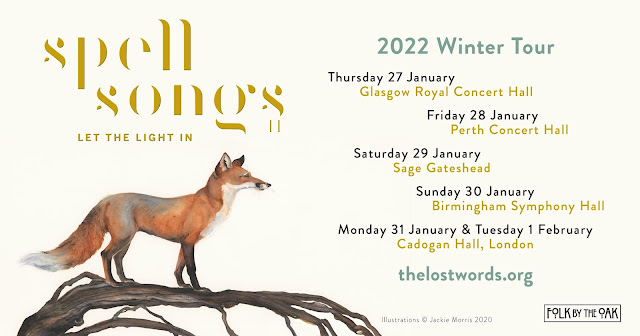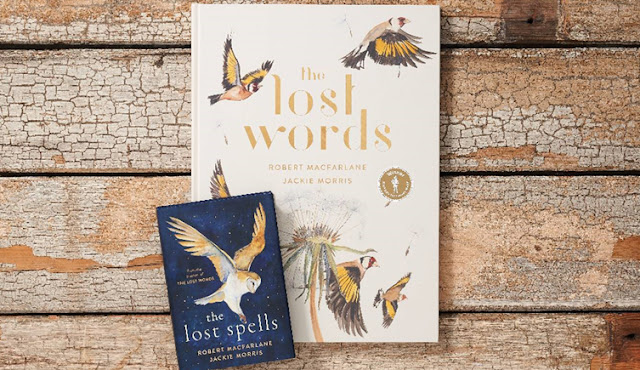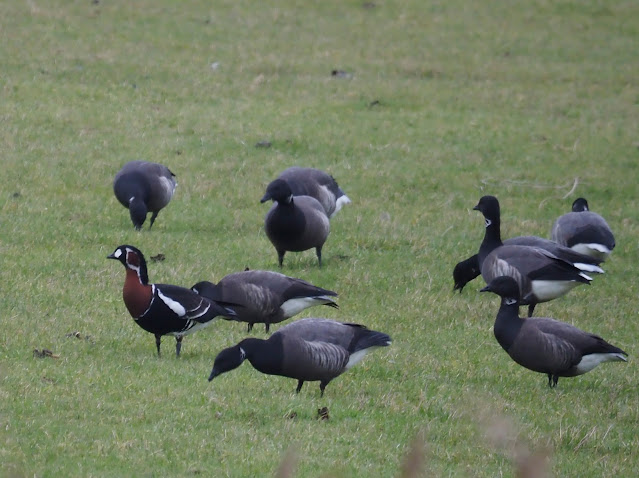Last night, I went to the Spell Songs - The Lost Words concert at the Cadogan Hall in London.
Spell Songs - The Lost Words is a collaborative project combining the “The Lost Words” and “The Lost Spells” books by acclaimed author Robert Macfarlane and award-winning illustrator and artist Jackie Morris and the music of Karine Polwart, Julie Fowlis, Seckou Keita, Kris Drever, Rachel Newton, Beth Porter and Jim Molyneux. All of these are renowned musicians in their own right although Julie Fowlis from North Uist in the Western Isles was the only one that I knew prior to the Spell Songs - The Lost Words project.
In 2018, Robert Macfarlane and Jackie Morris produced their first book called “The Lost Words”. The prompt of the book was the editing of the Oxford Junior
Dictionary in recent years. The Oxford Junior Dictionary is
aimed at readers aged 7 years and up and since 2007 the editors have removed
from the book many words used to denote or describe things of nature, some of
them relatively common words such as Acorn, Bluebell, Ivy, Fern, Moss, Blackberry, Dandelion, Lark, Raven, Heron, Starling, Hazel, Heather, Goldfinch, Grey Seal, Otter and Kingfisher.
The editing body of the
Oxford English Dictionary had determined that the words were of little and lessening use to the
modern child. They excused their actions on the grounds that they needed room
for other, newer words with supposed greater relevance to the modern child such as attachment,
blog, broadband, chatroom, database, committee and voicemail.
In 2015, many novelists and nature writers authors, including Robert Macfarlane, expressed their dismay in an open letter to Oxford University Press by saying “Childhood is undergoing profound change; some of this is negative; and the rapid decline in children’s connections to nature is a major problem”.
Robert Macfarlane has said “It matters because we are losing nature as well as the names for nature in this country. We’ve got more than 50 per cent of species in decline, many of them common …. And names, good names, well used help us and they help us care. We find it hard to love what we can not give a name to. And what we do not love, we will not save.”
The Spell Songs - The Lost Words project creates a wonderful experience that includes music, literature, language and art. It has been described quite appropriately as part celebration (of our nature and wildlife), part lament (for what we have lost and what we are still losing) and part protest (to raise awareness of the need to take action to protect, conserve, restore and rewild).
I have previously written about the Spell Songs - The Lost Words project here,
here and here.
Since watching the Spell Songs - The Lost Words live streamed concert on 27th April 2021 from the Hintze Hall in London's Natural History Museum which raised funds for their Urban Nature Project (see here), I have bought both “The Lost Words” and “The Lost Spells” books and both music CDs.
The performance at Cadogan Hall was quite simply brilliant .... spellbinding, inspiring and emotional.
The concert was preceded by a short interview with Robert Macfarlane and Jackie Morris, the latter concluding by saying “Tonight will be emotional. We love working together. Audiences are more precious. Come. Celebrate life.”
The music then followed with Jackie Morris remaining on stage to paint both Otters and Red Foxes (with her working projected on to a large screen at the rear of the stage).
The music concluded with the very poignant “The Lost Words Blessing”, a blessing that borrows images and phrases from many of the spells in "The Lost Words" (Bluebell, Dandelion, Fern, Heather, Heron, Kingfisher, Lark, Otter, Raven and Starling) as well as from new spells in "The Lost Spells" (Goldfinch and Grey Seal). The form is inspired by blessings in Scottish Gaelic, particularly from a beautiful collection of charms and incantations called Carmina Gadelica.
Jackie Morris says "This is The Lost Words Blessing. For those who are struggling to cope with the news about climate change, I hope this brings you peace of mind to see a clear way forward, courage to make changes, to know you aren’t alone. It’s a call to link arms and stand against those who deny, those who make false gods of money."































































